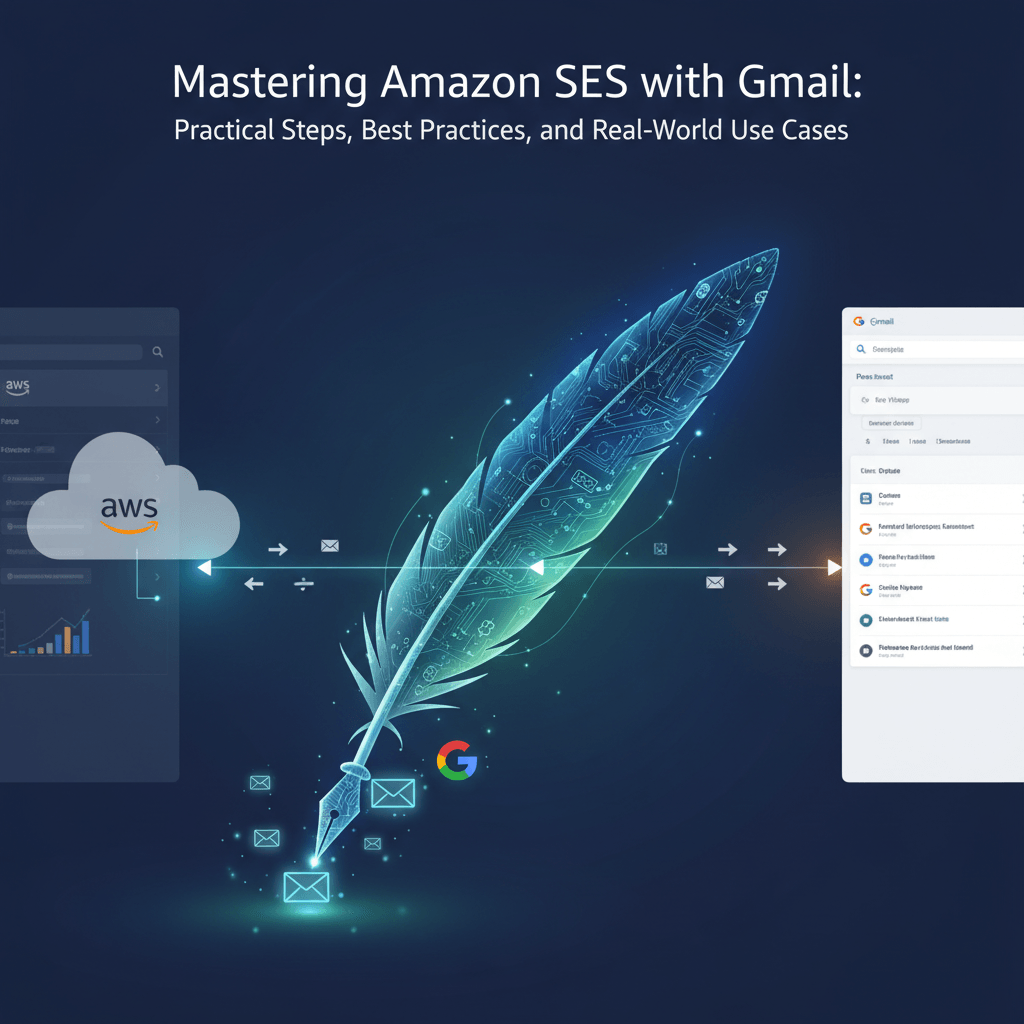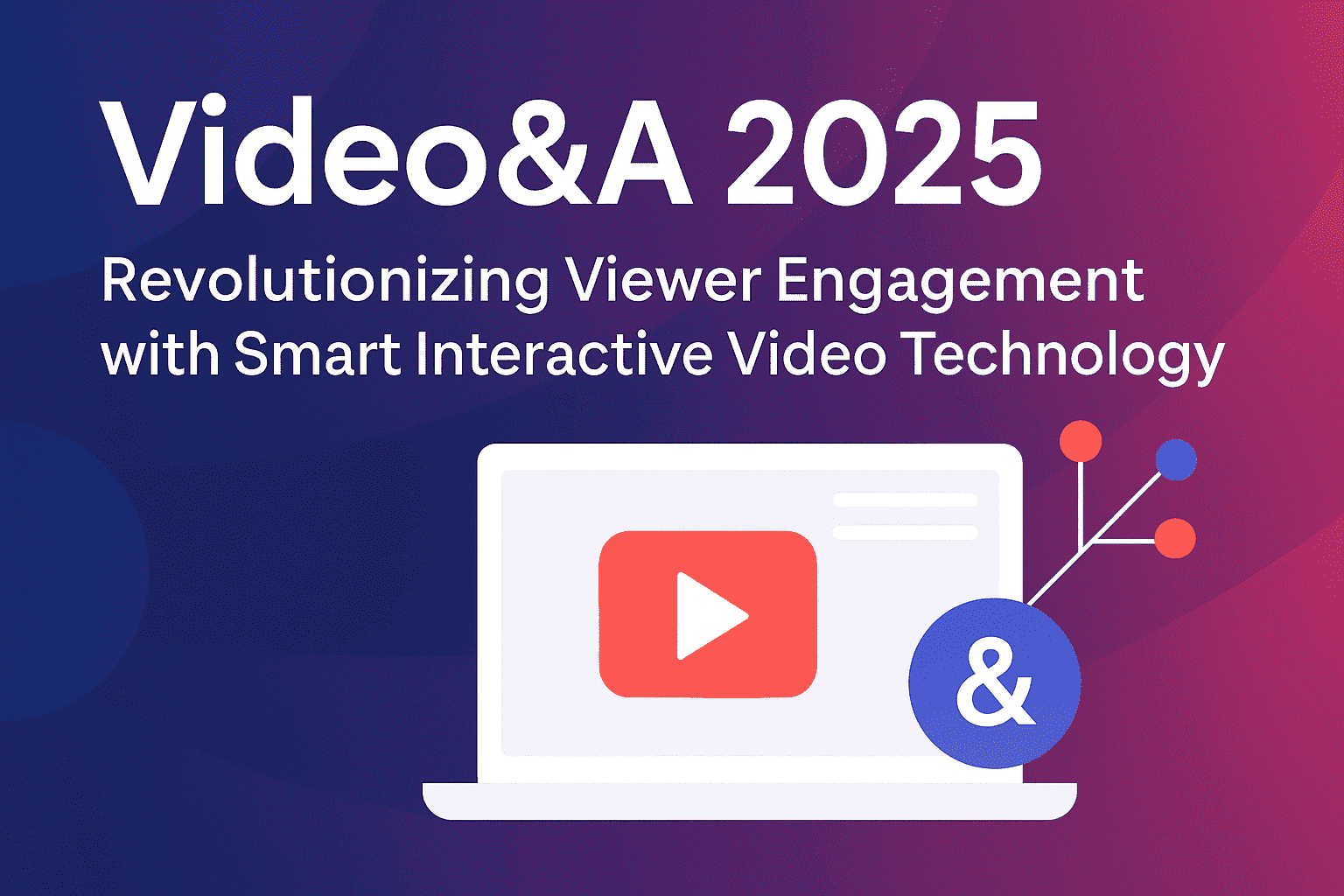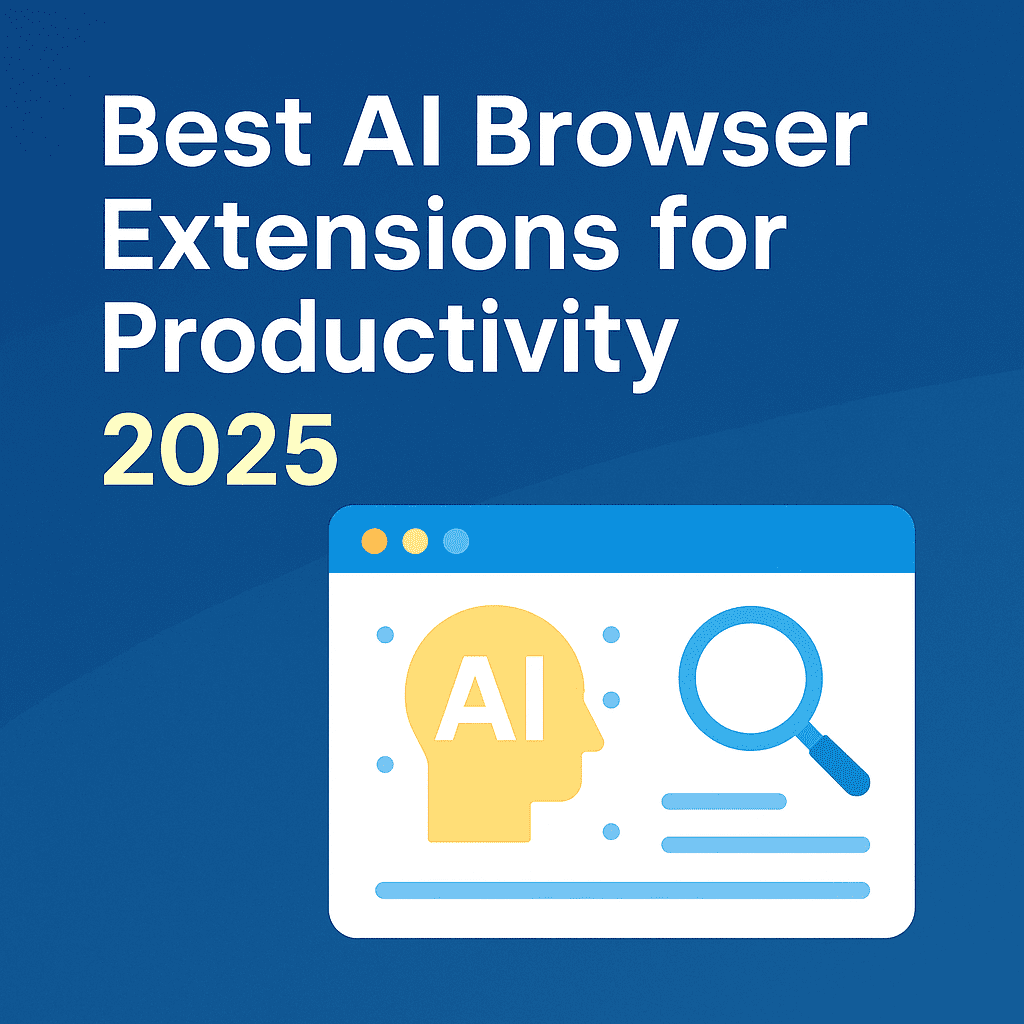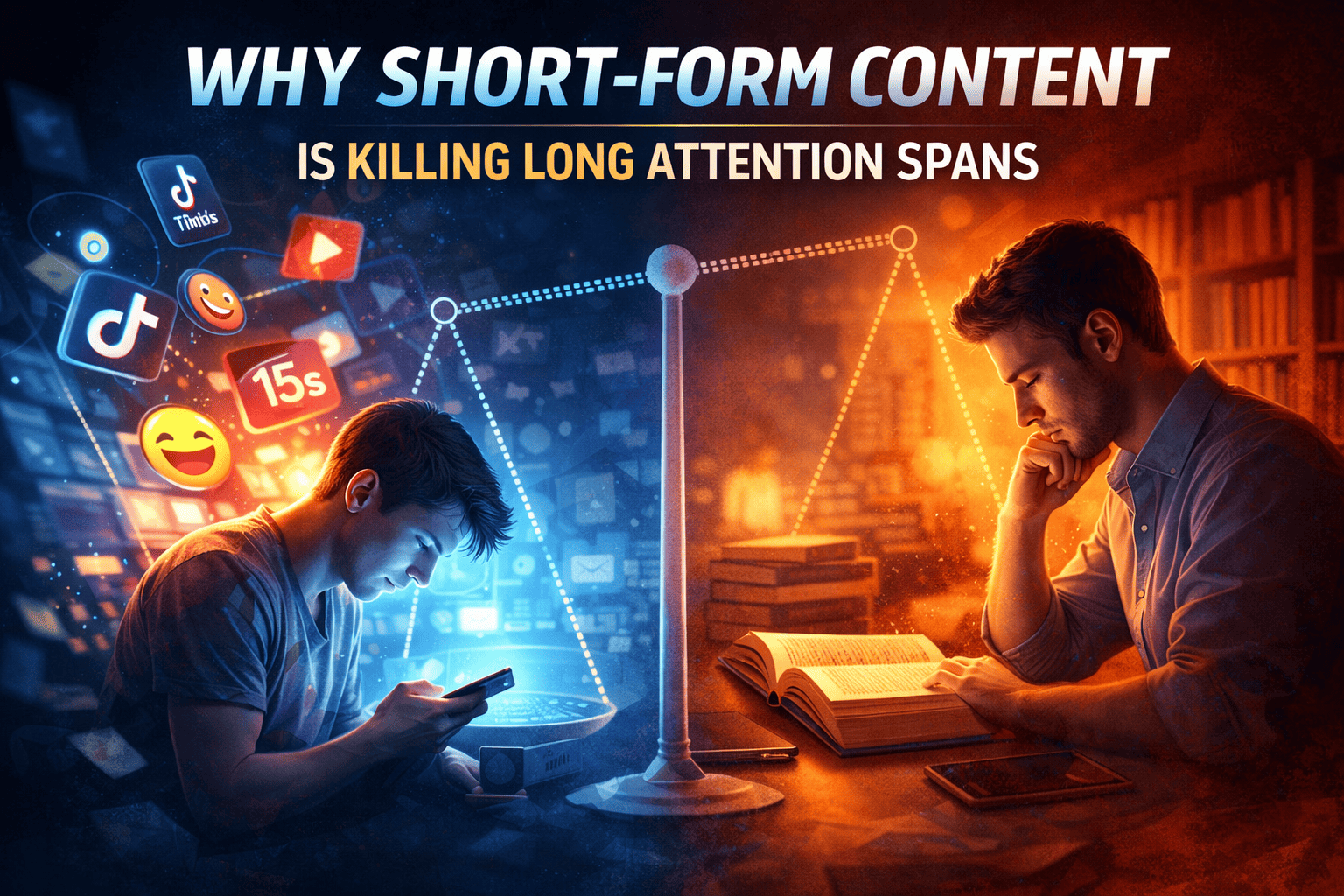Introduction
In the rapidly evolving landscape of technology, mobile applications have become an integral part of our daily lives. As the demand for innovative and user-friendly apps continues to soar, developers face the daunting task of ensuring the security of their code. App code protection is a critical aspect of the development process, aiming to safeguard sensitive information, prevent unauthorized access, and mitigate the risk of piracy. Delve into the importance of app code protection and explore various techniques and best practices to secure your application code.
The Significance of App Code Protection
- Securing Intellectual Property
As developers invest countless hours and resources into crafting unique and valuable code, protecting intellectual property becomes paramount. App code protection helps shield proprietary algorithms, business logic, and innovative features from prying eyes, preserving the competitive edge of your application.
Preventing Unauthorized Access
Unauthorized access to an app’s source code can lead to a plethora of security issues, ranging from data breaches to the compromise of critical functionalities. By implementing robust app code protection measures, developers can significantly reduce the risk of unauthorized access, ensuring that only authorized individuals can scrutinize and modify the codebase.
Mitigating Piracy and Unauthorized Distribution
Piracy remains a prevalent threat in the digital landscape, with unscrupulous entities seeking to exploit unprotected code for financial gain. App code protection serves as a barrier against unauthorized distribution and usage, safeguarding your app from being illegally replicated and distributed.
Techniques for App Code Protection
- Code Obfuscation
Code obfuscation involves transforming the source code into a more complex and convoluted version, making it challenging for attackers to understand and reverse engineer. This technique does not alter the functionality of the code but adds a layer of complexity, thwarting casual attempts at code analysis.
- Encryption
Encrypting sensitive parts of the code is a fundamental strategy for protecting critical information. This ensures that even if unauthorized access occurs, deciphering the encrypted code remains an arduous task. Utilizing strong encryption algorithms enhances the overall security of your application.
- Runtime Application Self-Protection (RASP)
RASP is a dynamic approach to app code protection, focusing on identifying and mitigating security threats in real time. By monitoring the runtime behavior of an application, RASP can detect and respond to potential security incidents, providing an additional layer of defense against attacks like code injection and tampering.
- Tamper Detection
Implementing tamper detection mechanisms allows the application to recognize when its code has been altered. This could involve checksums, digital signatures, or other integrity checks. When tampering is detected, the app can take appropriate action, such as shutting down or alerting the user about potential security risks.
Best Practices for App Code Protection
- Regularly Update and Patch
Keeping your development tools, libraries, and frameworks up to date is crucial for maintaining a secure codebase. Regular updates often include security patches that address vulnerabilities, reducing the risk of exploitation.
- Implement Secure Coding Practices
Incorporating secure coding practices from the outset is vital for building a resilient and secure application. This includes input validation, proper error handling, and adherence to coding standards that prioritize security.
- Access Control and Permissions
Enforcing strict access controls and permissions ensures that only authorized personnel can access and modify specific parts of the code. Limiting access reduces the attack surface and minimizes the potential impact of security breaches.
- User Authentication and Authorization
For applications that involve user accounts, robust authentication and authorization mechanisms are essential. Implementing multi-factor authentication and role-based access control enhances the overall security posture of your application.
- Code Signing
Code signing involves digitally signing your application’s code with a unique cryptographic signature. This signature serves as a seal of authenticity, verifying that the code has not been altered or tampered with since it was signed. Code signing not only ensures the integrity of your application but also helps establish trust with users and app marketplaces.
- Secure Key Management
Many apps rely on cryptographic keys for tasks such as encryption and authentication. Proper key management is essential to prevent unauthorized access to sensitive data. Storing keys securely, using hardware security modules (HSMs), and regularly rotating keys are key practices in maintaining a robust security posture.
- Static Application Security Testing and Dynamic Application Security Testing
Integrating SAST and DAST tools into your development and testing workflows can help identify and mitigate security vulnerabilities in your code. SAST analyzes the source code for potential security issues, while DAST evaluates the running application for vulnerabilities, providing a comprehensive approach to code security.
- Continuous Monitoring and Incident Response
Security is an ongoing process, and continuous monitoring is crucial for identifying and responding to emerging threats. Implementing a robust incident response plan ensures that, in the event of a security incident, you can quickly contain, eradicate, and recover from the breach, minimizing potential damage.
- Dependency Scanning
Modern applications often rely on third-party libraries and dependencies. Regularly scanning these dependencies for known vulnerabilities is essential. Vulnerabilities in third-party components can expose your application to security risks, so it’s crucial to stay vigilant and update dependencies promptly when Gifts for Her security patches are available.
- Secure Communication Protocols
When your application communicates with servers or other services, using secure communication protocols, such as HTTPS, is essential. Encrypting data in transit protects it from eavesdropping and man-in-the-middle attacks, ensuring the confidentiality and integrity of the information exchanged.
- Education and Awareness
Security is a collective responsibility. Educating your development team about secure coding practices, the latest security threats, and how to implement effective app code protection measures is vital. A well-informed and security-aware team is a powerful defense against potential vulnerabilities.
- Compliance with App Store Guidelines
When you’re developing apps for distribution through app stores, ensure compliance with their guidelines and security requirements. App stores often have security measures in place to protect users, and adherence to their guidelines can prevent issues such as app rejection or removal due to security concerns.
Conclusion
In a digital landscape rife with cybersecurity threats, app code protection is non-negotiable for developers seeking to build secure and resilient applications. By understanding the significance of code protection, employing effective techniques such as code obfuscation and encryption, and adhering to best practices, developers can fortify their applications against a myriad of security risks. As the mobile app ecosystem continues to expand, prioritizing code protection is not just a development best practice; it’s a crucial step in building trust with users and safeguarding the integrity of your digital creations.Visitappsealing for more info















Leave a Reply